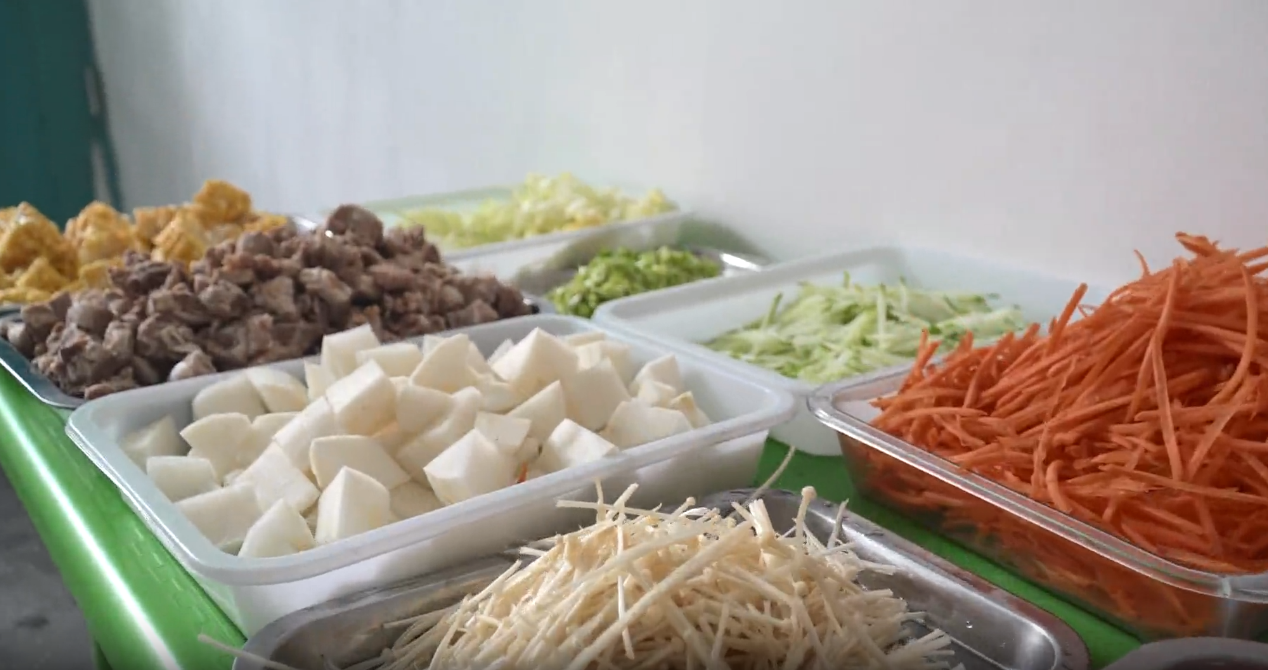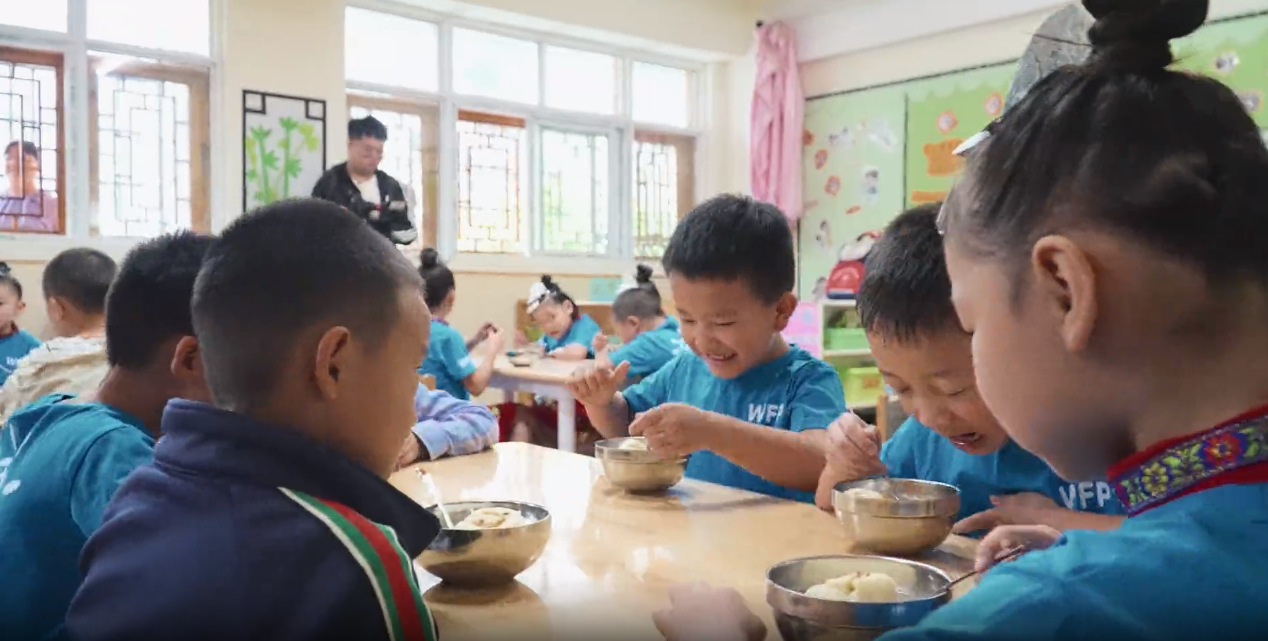The Ministry of Agriculture and Rural Affairs, the National Health Commission, and the Ministry of Industry and Information Technology jointly issued the Food and Nutrition Development Guideline in China (2025–2030) (hereinafter referred to as the Guideline) in February 2025.
1. Background of the Guideline
Food and nutrition are the material foundation for sustaining human life and health. Since the 1990s, China has promulgated three previous national food and nutrition development plans:
• In May 1993, the Guideline for Reform and Development of China’s Food Structure in the 1990s was issued. It was China’s first national food and nutrition policy to comprehensively coordinate agricultural production structure and residents’ food consumption structure.
• In November 2001, the Guideline for Food and Nutrition Development in China (2001–2010) was released, serving as a critical document for launching national initiatives such as the Soybean Action Plan, the School Milk Program, and the Student Nutrition Meal Plan.
• In January 2014, the Guideline for Food and Nutrition Development in China (2014–2020) was published, proposing the establishment of a public “Nutrition Day,” promoting nutrition education and legal governance of nutrition, and providing significant guidance for fostering healthy eating habits among the population.
The newly issued Guideline (2025–2030) is the fourth in this series. Despite remarkable progress, China continues to face pressing issues such as insufficient supply and consumption of high-quality food, underdeveloped healthy dietary habits among residents, and the coexistence of overnutrition and undernutrition—topics deserving serious social attention.
First, the supply of critical nutrients like high-quality protein still falls short. According to FAO, in 2022, the daily per capita supply of high-quality protein in China was 53.51g—16.63g less than the average in developed EU countries.
Second, reasonable dietary habits are yet to be widely established among Chinese residents. The Report on Nutrition and Chronic Disease Status of Chinese Residents (2023) revealed that awareness of the Dietary Pagoda (a food guide model) among urban residents was 62.3%, but only 41.7% among rural residents. Less than 40% of elderly individuals were knowledgeable about dietary management for chronic diseases, and high-fat, high-salt, and high-sugar diets remain major choices to satisfy appetites.
Third, there is a dual burden of both overnutrition and undernutrition. Unhealthy diets have become the leading cause of diseases and mortality in China. The average proportion of energy intake from fat among urban and rural residents exceeds recommended levels. Adult overweight and obesity rates are 38.5% and 16.7%, respectively, and childhood obesity rates are rising significantly. Meanwhile, hidden hunger caused by deficiencies in vitamin A and iron remains widespread, especially among children and pregnant women.
2. Overall Requirements and Goals for Food and Nutrition Development in China
• By 2030, establish a diversified food supply system and shift the food consumption structure toward nutritional health.
• Achieve daily per capita energy intake targets: 2,150 kcal for males and 1,700 kcal for females.
• Ensure over 50% of protein intake is from high-quality protein sources.
• Increase daily dietary fiber intake to 25–30g.
• Significantly reduce intake of edible oils, salt, and added sugars.

WFP Preschool Nutrition Improvement Pilot Project in Hunan Province. (Photo source: WFP China Office)
With improvements in food nutrition levels, the Guideline categorizes China’s future food supply and consumption goals into three situations based on supply and demand analysis:
1) Relatively Stable:
As China’s modernization progresses—with widespread use of modern machinery, equipment, and information technology—residents’ physical labor demands have declined, reducing energy needs. Currently, Chinese residents’ energy intake is relatively adequate. Over the next six years, the goal is to maintain daily per capita energy intake around 2,150 kcal for men and 1,700 kcal for women.
2) Still Needs to Increase:
The intake of protein, especially high-quality protein, among Chinese residents remains insufficient. As nutritional health needs rise, protein intake is expected to increase gradually. By 2030, per capita daily protein intake will be adequate, with over 50% coming from high-quality sources. Daily dietary fiber intake will also reach 25–30g.
3) Strictly Controlled:
The intake of edible oil, salt, and added sugars among Chinese residents is currently excessive, posing risks for chronic diseases such as obesity, hypertension, dyslipidemia, and diabetes. By 2030, measures will be taken to reduce average daily edible oil intake to 25–30g, salt intake to no more than 5g, and added sugar intake to no more than 25g.
3. Key Tasks for Implementing the Guideline

WFP Preschool Nutrition Improvement Pilot Project in Hunan Province. (Photo source: WFP China Office)
The Guideline focuses on four main dimensions, structured around six key tasks targeting nutrition-oriented agricultural production, food processing and consumption, lifestyle adjustments, and foundational support for food and nutrition development:
1) Addressing Deficiencies:
From a nutritional standpoint, foods such as meat, eggs, dairy products, aquatic products, and soybeans are rich sources of high-quality protein; dietary fiber supports bowel movements, lowers blood cholesterol and LDL cholesterol, and helps regulate fasting and postprandial glucose and insulin levels. Research suggests that the recommended daily protein intake for Chinese adults is around 1g per kilogram of body weight, but current intake falls short of this target and lags behind levels in developed countries. In addition, consumption of whole grains, vegetables, and fruits—which are rich in dietary fiber—is insufficient. Therefore, increasing the supply and consumption of high-quality protein and fiber-rich foods is a top priority for improving residents’ food and nutrition status.
2) Improving Quality:
With the basic problem of food scarcity among poor populations largely resolved, meeting people’s aspirations for a better life requires offering more diverse, nutritious, and healthy food options. China still faces imbalances between its food structure and consumption needs. Accelerated research and implementation of new initiatives are urgently needed across food supply, processing, consumption, and nutrition.
The Guideline calls for:
• Accelerating the development and processing of nutrition-oriented foods.
• Strengthening breeding and equipment innovation.
• Building a food and nutrition technology innovation system.
• Promoting high-value processing of agricultural products.
• Developing specialized diets for specific populations.
• Advancing the utilization of food and medicinal resources to enhance the supply of essential nutrients.
3) Changing Lifestyles:
Unhealthy lifestyles remain prevalent among Chinese residents, including poor nutritional knowledge and a lack of scientific dietary habits. For example, excessive household use of salt and oil significantly increases the risk of hypertension, hyperlipidemia, and obesity. To address these issues, the Guideline proposes:
• Strengthening guidance for healthy consumption.
• Promoting traditional Chinese dietary culture, advocating moderation in diet, regular living habits, balanced eating and exercise, and low-carbon lifestyles.
• Promoting healthy cooking methods, launching campaigns to reduce salt, oil, and sugar consumption.
• Developing nutritious recipes and meal matching technologies.
• Encouraging the establishment of certified healthy catering outlets and guiding households toward scientific cooking practices.
• Promoting the use of smart storage, intelligent cooking devices, and convenient kitchen waste processing tools.
4) Strengthening Support Systems:
In recent years, China has issued several policy documents, such as the National Nutrition Plan (2017–2030), guiding residents toward rational diets and improved nutritional health. Practice has shown that formalizing successful experiences into institutional frameworks and establishing long-term mechanisms are critical for promoting sustainable food and nutrition development. The Guideline thus proposes:
• Accelerating the construction of a robust food and nutrition supply system.
• Consolidating the production base for high-quality grains and foods.
• Improving nutritional and health conditions.
• Expanding public nutrition and health services.
• Establishing a sustainable development framework for food and nutrition.
• Promoting standardized and normalized development in food and nutrition sectors.
• Enhancing food and nutrition monitoring capacities.
• Continuously advancing food safety governance and strengthening full-chain supervision of food safety.
Related Links:
1. Full text of the Food and Nutrition Development Guideline in China (2025–2030):
https://www.gov.cn/zhengce/zhengceku/202503/content_7014183.htm
2. Interpretation article from Farmers’ Daily:
https://www.farmer.com.cn/2025/03/17/wap_99981417.html
https://www.caas.cn/xwzx/mtxw/6a507df086ff4715ba812cc503bb394f.htm

